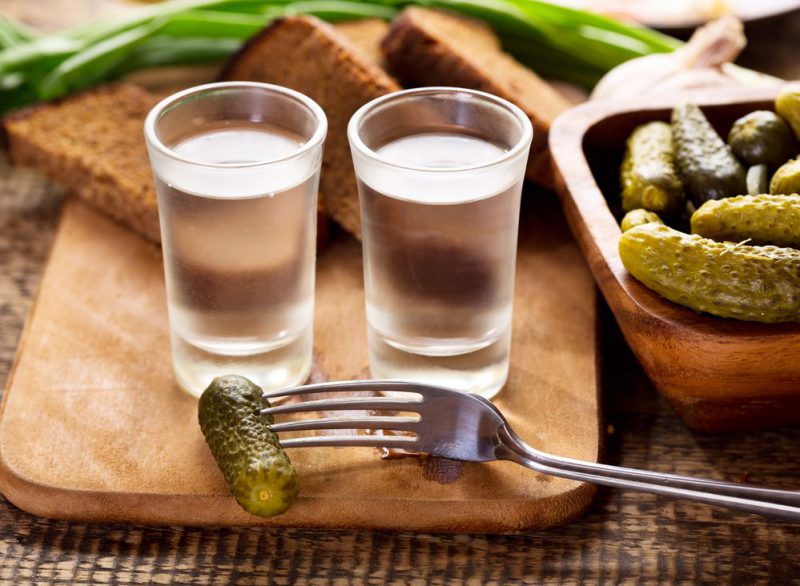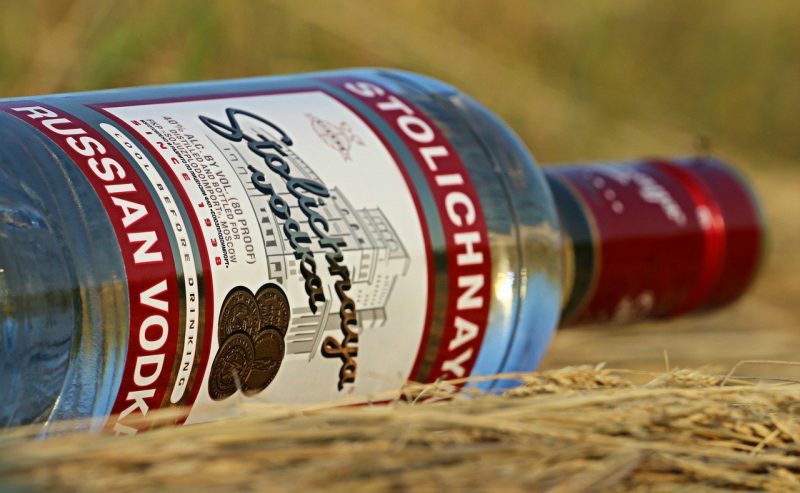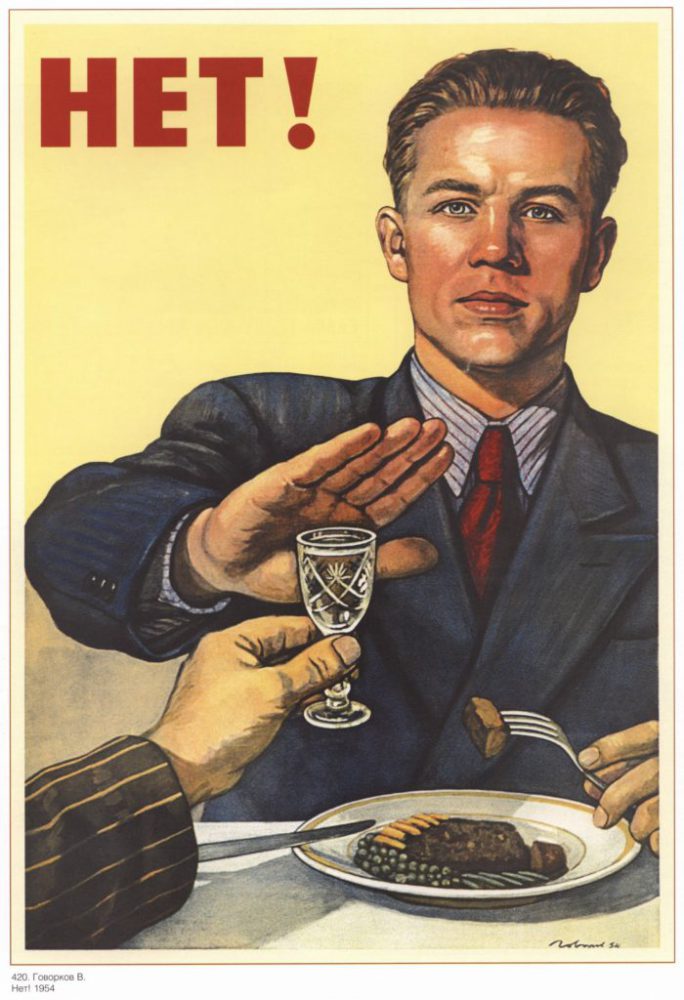Russian vodka – Some facts you did not know about
Vodka is perceived as a national symbol of Russia, along with balalaika, matryoshka, samovar, and caviar. However, it was not the Russians who invented vodka. Besides, vodka has come a long way to its modern 40-degrees version. Find out what you did not know about Russian vodka from our article!

How everything started
The prototype of vodka was made in the 11th century by the Persian doctor Ar-Razi who was the first one to isolate ethanol by distillation. The Qur’an forbids Muslims from consuming any alcohol, so they used this liquid exclusively for medical purposes, as well as for making perfumes.
In Europe, the first distillation of alcohol-containing liquids was done by the Italian monk-alchemist Valentius. Alchemists of French Provence adapted the distillation cube invented by the Arabs to turn grape must into alcohol.
The history of vodka in Russia begins in 1386. The Genoese merchants brought the first samples of a strong alcoholic drink with the promising name Aqua Vitae (which means “living water”) to Prince Dmitry Donskoy. But the drink was not appreciated by the Russian princes and boyars and they forgot about it for almost 100 years.
The next time foreigners brought the spirit to Moscow was in 1429 as a universal medicine to the court of Prince Vasily II.
Mass production of vodka in Russia began in the middle of the 15th century, and already at the beginning of the 16th century it started being exported to neighbouring Sweden. With the development and improvement of vodka production, remarkable results were achieved in terms of purification and taste characteristics of the drink.
In the era of Peter the Great, the dynasties of the Russian “vodka kings” and breeders were founded. In 1716, Peter proposed to the nobility and merchant classes the exclusive right to produce vodka on their lands. Russian “home” vodka of the princes Kurakins, counts Sheremetevs and Rumyantsevs, and others had an excellent reputation. Producers sought to achieve a high degree of purification using natural animal proteins: milk and egg white.
At the end of the 19th century, for the first time in Russian history, the state standard for vodka was introduced. To a large extent, this was facilitated by the research of well-known chemical scientists Nikolai Zelinsky and Dmitry Mendeleev (the author of the periodic table of elements) – members of the commission for the introduction of the vodka monopoly.

State monopoly
The state monopoly on the production and sale of vodka has been introduced repeatedly along Russian history. For example, in 1533 the first “tsar’s tavern” was opened in Moscow, and all vodka trade became the prerogative of the tsarist administration. In 1819, Alexander I introduced another state monopoly which lasted until 1828. Since 1894, the state monopoly has been periodically introduced and strictly observed in 1906-1913.
The state monopoly on vodka existed throughout the entire period of Soviet power (since 1923), at the same time, the production technology was improving and quality of vodka was at a consistently high level.
In 1992, Boris Yeltsin cancelled the monopoly, but in 1993 it was brought back due to a number of negative consequences (financial, medical, moral and others). However, the state was not able to fully control its implementation.
Interesting facts
- The word “vodka” appeared in Russia in the 17th-18th centuries and, most likely, was derived from the word “вода” which means “water”. Before that, it was often called “bread wine” as the main raw materials for its production was rye.
- To buy vodka to take-away in a tavern during the time of Ivan the Terrible, you had to come with a bucket. Minimum take-away was 12 liters. However, it was possible to drink the standard 50 or 100 cl right on the spot.
- Bar culture, widely developed today, has its roots in the time of Ivan the Terrible. In the 16th century, they came up with such a format of establishments where it was customary to drink without a snack.
- The bottle as a container for vodka familiar to modern people began to be used only in 1894.
- During wars, vodka sometimes was included in the daily ration of Russian soldiers.
- For centuries rye served as the basic raw material of Russian vodka. But during the last 100 years, especially after the 1930s, wheat played a far greater role in the manufacture of mass-produced vodkas. During periods of economic crisis and war, potato vodka was also produced. However, the best, highest quality vodkas continue to be based on the traditional rye. Other grains, such as oats, wheat, barley and buckwheat are also used as additives to Russian rye vodka, but always in small proportions.
- The shelf-life of vodka is 12 months. If it is stored for longer, leaching of the glass bottles occurs, this makes the drink more alkaline, and may cause deposits. All of this impairs the vodka’s flavour.
- Vodka has useful properties. They say it can defend against colds, fatigue, headaches, high blood pressure and bad moods. In addition, moderate consumption of this drink has a positive influence on the digestive system and on the condition of your body as a whole. Thirty grams of vodka a day is known to lower cholestoral levels which has a positive effect on people with cardio-vascular illnesses.
Combatting alcoholism
It should be said that the level of alcoholism in Russia was going from high to very high level a few times since the adoption of alcohol drinks. This forced the governing powers to take necessary measures, but we will tell you about them in one of the next articles.

Conclusion
As an element of everyday culture, vodka took a specific place in the life of Russians, and also became an solid payment unit, especially in rural areas.
Remaining up to the end of the 20th century one of the most widespread Russian national drinks, vodka also became the basis for a huge number of liquor, the preparation of which has become a special branch of home production in Russia.






